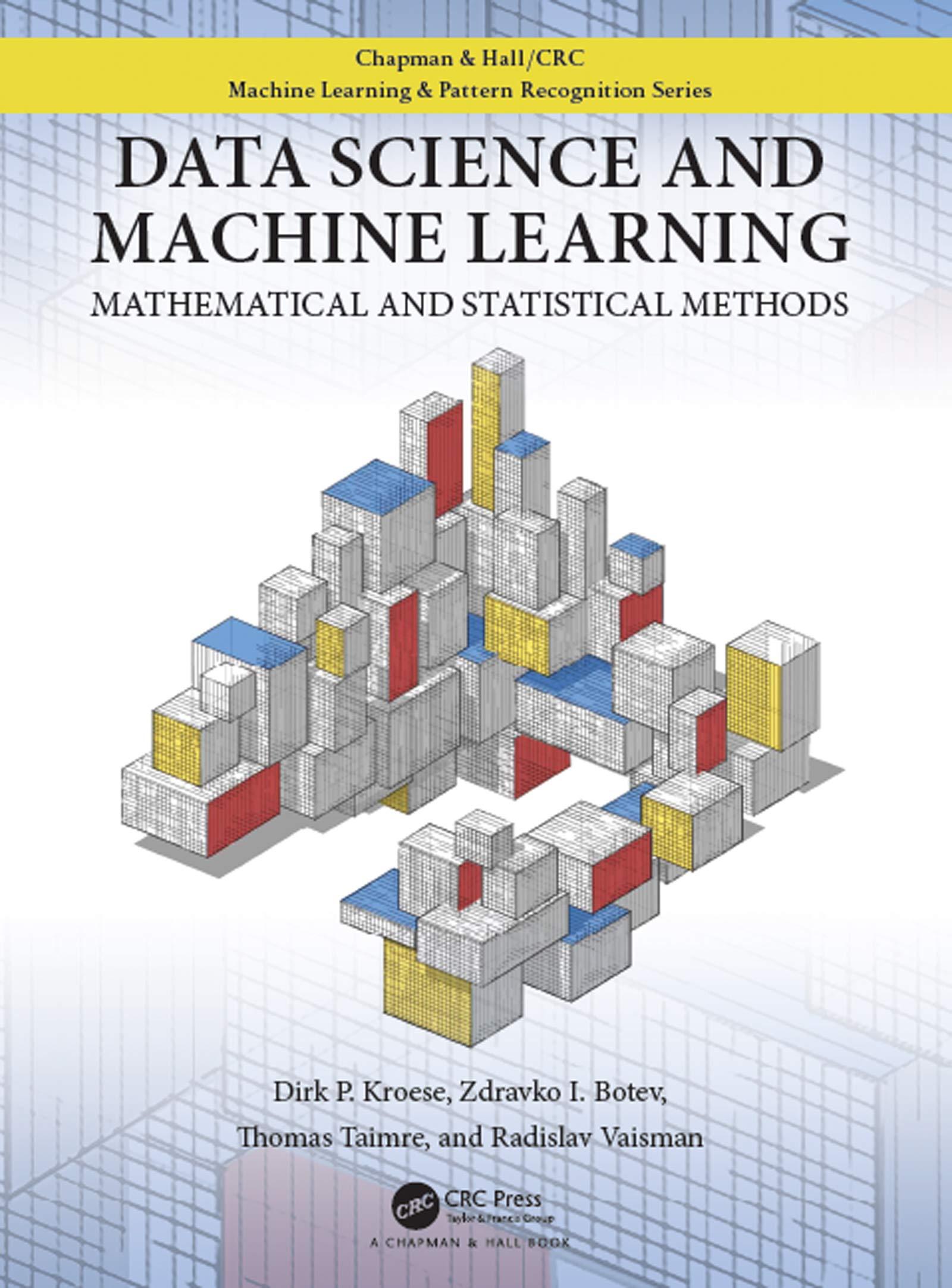In the Tobit regression model with normally distributed errors, the response is modeled as: [ Y_{i}=left{begin{array}{ll} Z_{i},
Question:
In the Tobit regression model with normally distributed errors, the response is modeled as:
\[ Y_{i}=\left\{\begin{array}{ll} Z_{i}, & \text { if } u_{i} where the model matrix \(\mathbf{X}\) and the thresholds \(u_{1}, \ldots, u_{n}\) are given. Typically, \(u_{i}=0, i=1, \ldots\), n. Suppose we wish to estimate \(\boldsymbol{\theta}:=\left(\boldsymbol{\beta}, \sigma^{2}\right)\) via the Expectation-Maximization method, similar to the censored data Example 4. 2. Let \(\boldsymbol{y}=\left[y_{1}, \ldots, y_{n}\right]^{\top}\) be the vector of observed data. 130 (a) Show that the likelihood of \(\boldsymbol{y}\) is: \[ g(\boldsymbol{y} \mid \boldsymbol{\theta})=\prod_{i: y_{i}>u_{i}} \varphi_{\sigma^{2}}\left(y_{i}-\boldsymbol{x}_{i}^{\top} \boldsymbol{\beta}\right) \times \prod_{i: y_{i}=u_{i}} \Phi\left(\left(u_{i}-\boldsymbol{x}_{i}^{\top} \boldsymbol{\beta}\right) / \sigma\right) \] where \(\Phi\) is the cdf of the \(\mathscr{N}(0,1)\) distribution and \(\varphi_{\sigma^{2}}\) the pdf of the \(\mathscr{N}\left(0, \sigma^{2}\right)\) distribution. (b) Let \(\boldsymbol{y}\) and \(\boldsymbol{y}\) be vectors that collect all \(y_{i}>u_{i}\) and \(y_{i}=u_{i}\), respectively. Denote the corresponding matrix of predictors by \(\mathbf{X}\) and \(\mathbf{X}\), respectively. For each observation \(y_{i}=u_{i}\) introduce a latent variable \(z_{i}\) and collect these into a vector \(z\). For the same indices \(i\) collect the corresponding \(u_{i}\) into a vector \(\boldsymbol{c}\). Show that the complete-data likelihood is given by \[ g(\boldsymbol{y}, \boldsymbol{z} \mid \boldsymbol{\theta})=\frac{1}{\left(2 \pi \sigma^{2}\right)^{n / 2}} \exp \left(-\frac{\boldsymbol{y}-\boldsymbol{X} \boldsymbol{\beta}^{2}}{2 \sigma^{2}}-\frac{\|\boldsymbol{z}-\boldsymbol{X} \boldsymbol{\beta}\|^{2}}{2 \sigma^{2}}\right) 1\{\boldsymbol{z} \leqslant \boldsymbol{c}\} \] (c) For the E-step, show that, for a fixed \(\boldsymbol{\theta}\), \[ g(\boldsymbol{y}, \boldsymbol{z} \mid \boldsymbol{\theta})=\prod_{i} g\left(z_{i} \mid \boldsymbol{y}, \boldsymbol{\theta}\right) \] (d) For the M-step, compute the expectation of the complete log-likelihood \[ -\frac{n}{2} \ln \sigma^{2}-\frac{n}{2} \ln (2 \pi)-\frac{\mathbf{y}-\mathbf{X} \boldsymbol{\beta}^{2}}{2 \sigma^{2}}-\frac{\mathbb{E}\|\boldsymbol{Z}-\mathbf{X} \boldsymbol{\beta}\|^{2}}{2 \sigma^{2}} \]
where each \(g\left(z_{i} \mid \boldsymbol{y}, \boldsymbol{\theta}\right)\) is the pdf of the \(\mathscr{N}\left((\mathbf{X} \boldsymbol{\beta})_{i}, \sigma^{2}\right)\) distribution, truncated to the interval \(\left(-\infty, c_{i}\right]\)
Then, derive the formulas for \(\boldsymbol{\beta}\) and \(\sigma^{2}\) that maximize the expectation of the complete loglikelihood.
Step by Step Answer:

Data Science And Machine Learning Mathematical And Statistical Methods
ISBN: 9781118710852
1st Edition
Authors: Dirk P. Kroese, Thomas Taimre, Radislav Vaisman, Zdravko Botev





